NYC Museum of Natural History under fire for shuttering Native American exhibit — then abandoning it to gather dust

The American Museum of Natural History’s shuttered Native American exhibits are simply gathering dust four months after being shut — and tribal groups say it is “stonewalling” over repatriating precious objects.
In January, the Manhattan museum’s new director, Sean Decatur, shuttered the Eastern Woodlands and Great Plains exhibit halls that displayed artifacts from its Native American collections.
At the time, the museum said it acted to comply with new federal regulations giving museums five years to comply with a 1990 law that ordered institutions to return human remains, sacred objects and cultural items to native groups.
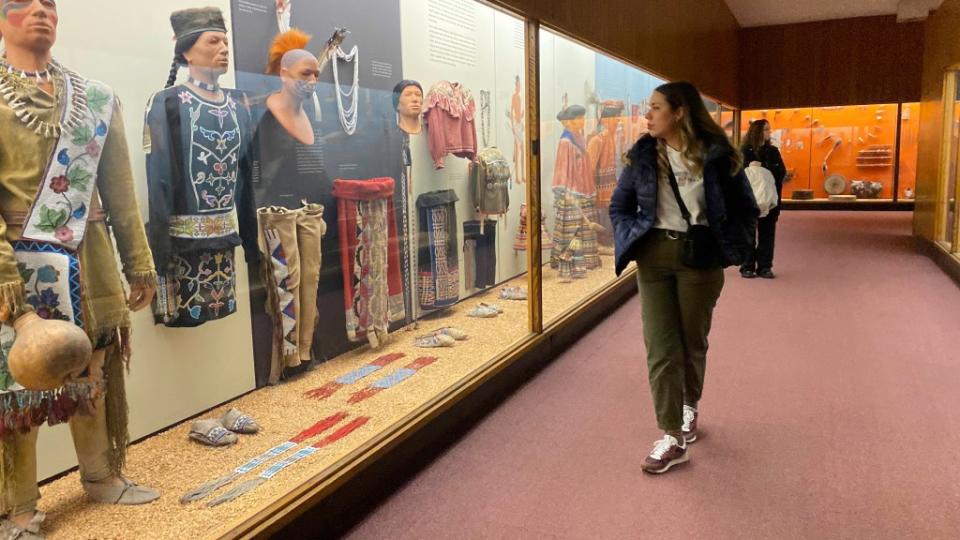
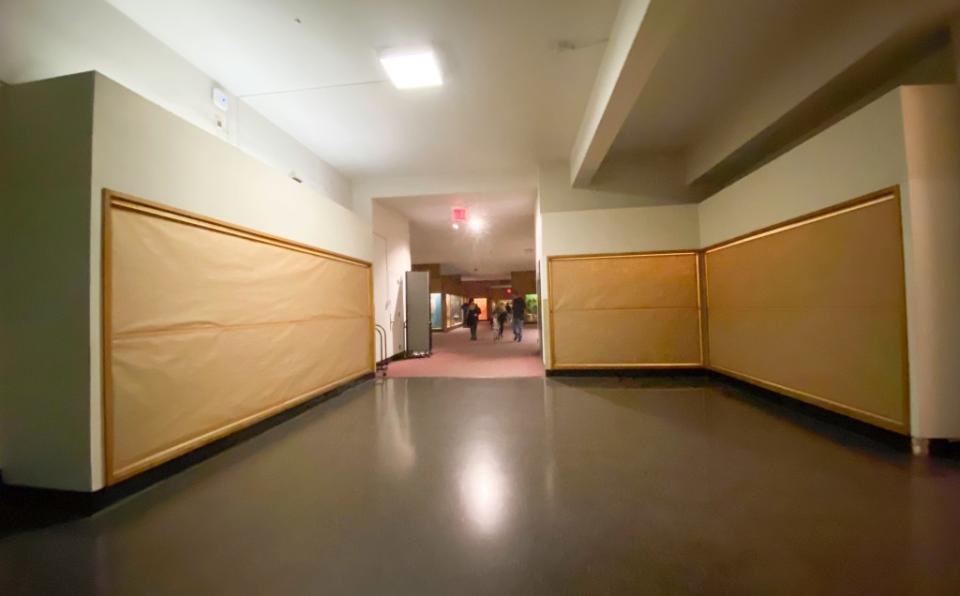
The displays, which stretched over 10,000 square feet and included spears, tools and mannequins sporting headdresses and traditional garments, had been a fixture for 57 years.
Decatur said they did not “respect the values, perspectives and indeed shared humanity of Indigenous peoples.”
The new rules from the US Department of the Interior tell museum directors to provide inventories of their artifacts and consult with native groups to either return the objects or seek permission to display them.
That includes any human remains, which the museum acknowledges it has in storage and which may have been acquired through the looting of sacred burial sites. Other items had been acquired from private collectors.
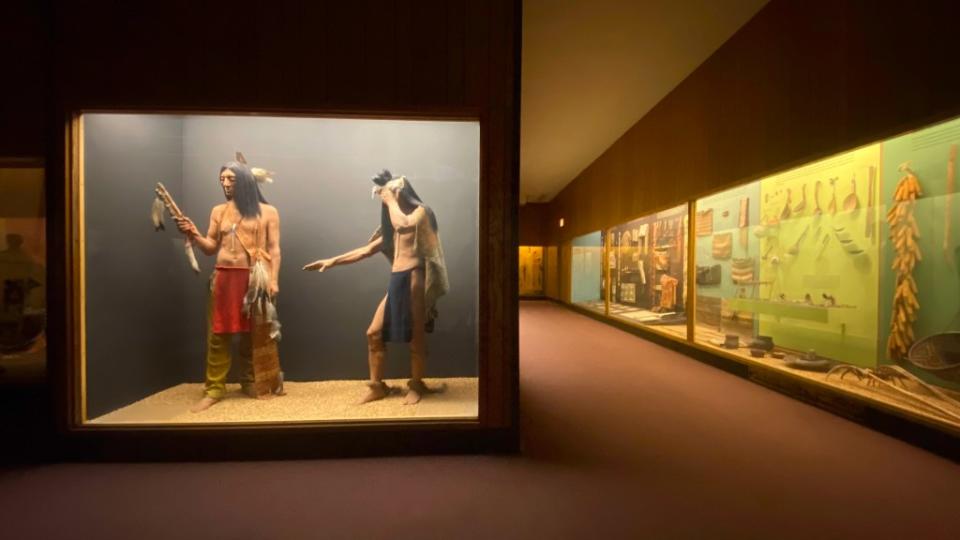
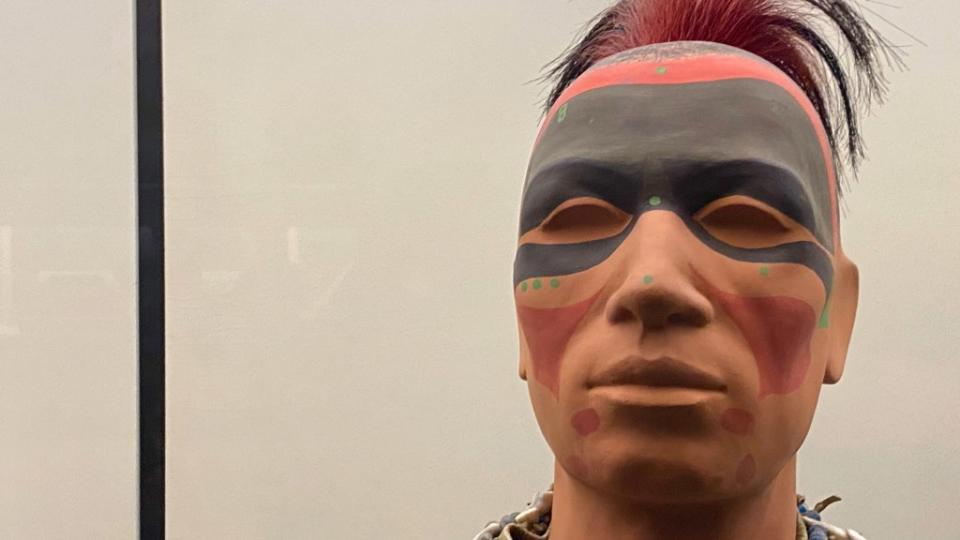
But Native American groups told The Post they have heard nothing from the museum about returning items — not even a list of what the institution holds — despite its Cultural Resources Office saying it has begun consulting the 574 federally recognized tribes, as well as Native Hawaiian groups, state-recognized tribes and bands and other Native American groups.
The museum told The Post the objects that had been on display remain where they were, but with the doors on the galleries locked.
According to the head of the Association of American Indian Affairs, a Maryland-based nonprofit that represents native groups across the country, the museum has 2,039 Native American human remains and 3,884 funerary objects that are considered sacred.
“They have been among the biggest, most horrible holdouts of all of the institutions, and they are still woefully out of compliance,” said the association’s chief executive and attorney Shannon O’Loughlin.
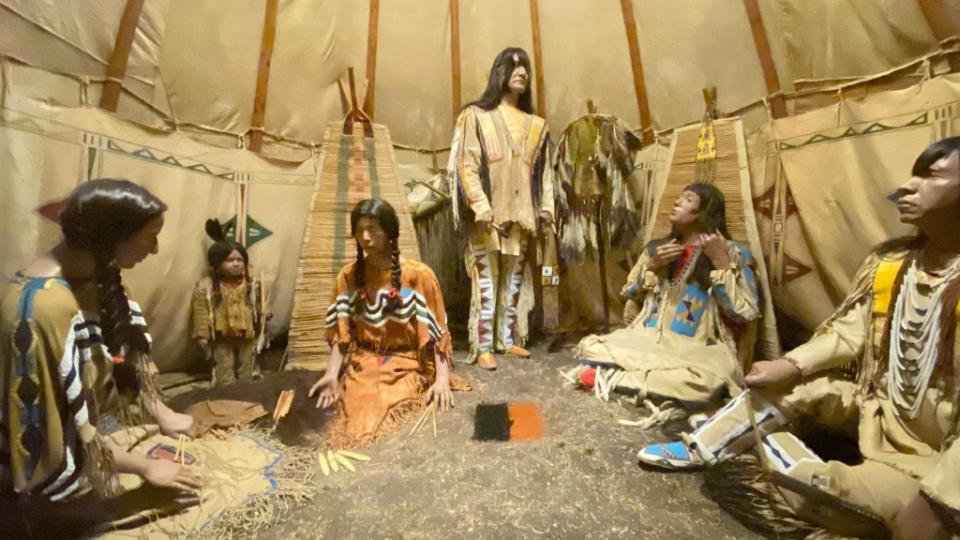
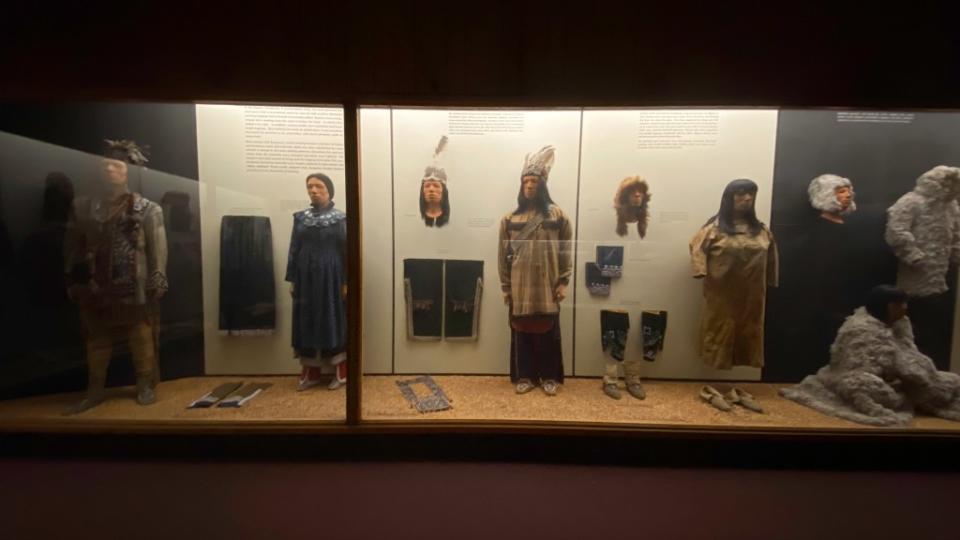
Harvard University, the Metropolitan Museum of Art and Chicago’s Field Museum have also been slow to act, she said.
“I have yet to hear from them,” said Crystal C’Bearing, deputy director of the Northern Arapaho Tribal Historic Preservation Office in Wyoming.
“We would like an updated inventory about what they have in their collection. We deal with a lot of museums, and they have been among the worst and really slow to respond. We’re waiting.”
Max Bear, the tribal historic preservation officer of the Cheyenne-Arapaho Tribes in Oklahoma, told The Post that he has been trying to get information from the American Museum of Natural History for at least a decade.
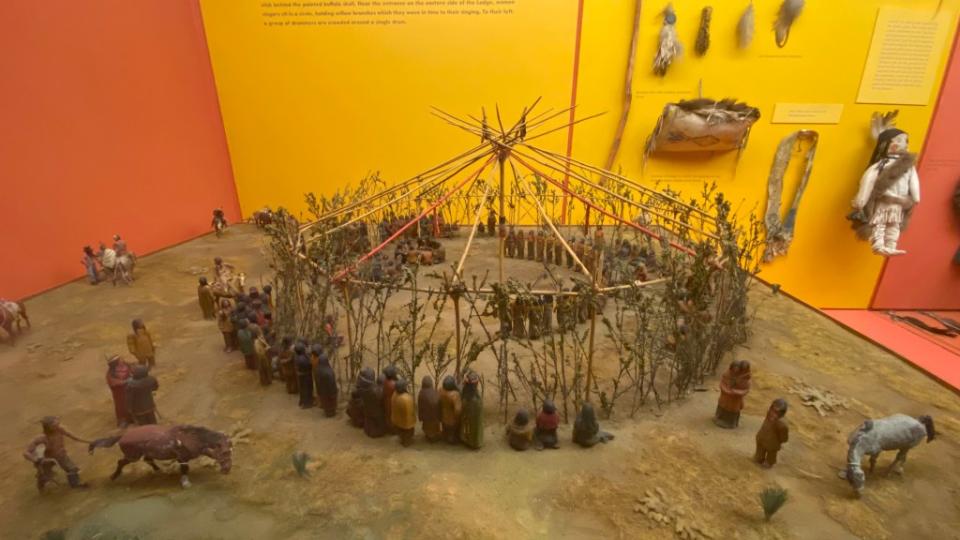
“Under the new … rules, we need to start a consultation process,” said Bear. “They have a lot of human remains in their collection, and they might not know where they came from. They might not know where most of their collection came from.”
“I reached out regularly to the museum, asking for an inventory,” said a member of the Kiowa Tribe in Oklahoma, who did not want to be identified.
“My feeling is that the museum just doesn’t know where to start in compiling their inventory. The collection was in bad condition, undervalued and under-maintained. I refused to take my children to see it when I was in New York.
“One of the problems is that their egos are so large that they just won’t admit that they have no idea about the artifacts in their collection,” said the Kiowa Tribe member.
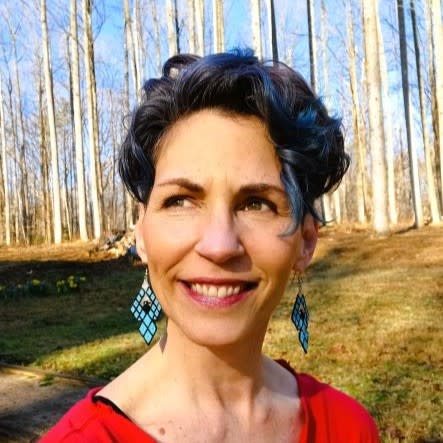
O’Loughlin, of the Association of American Indian Affairs, said they were “starting to see a change” with Decatur, a former president of Ohio’s Kenyon College and a chemistry professor, who took over from longtime museum president Ellen Futter, who had ruled over the institution since 1993.
She took home nearly $12 million in her last year at the helm of the museum, which included deferred compensation, according to federal tax filings.
The repatriation process began in 1990 with the passage of the Native American Graves Protection and Repatriation Act, which established rules for museums across the country to return sacred objects and human remains to tribal nations.
But the process has dragged on for decades, and in December, Interior Secretary Deb Haaland — the first Native American to hold the role — published the new rules to speed the process up.
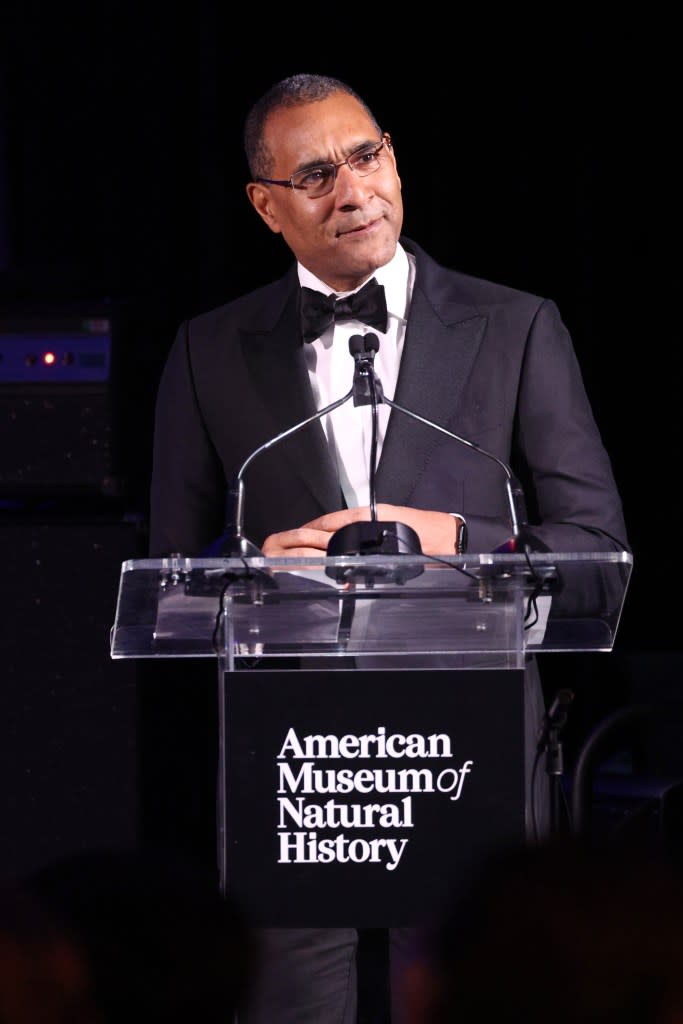
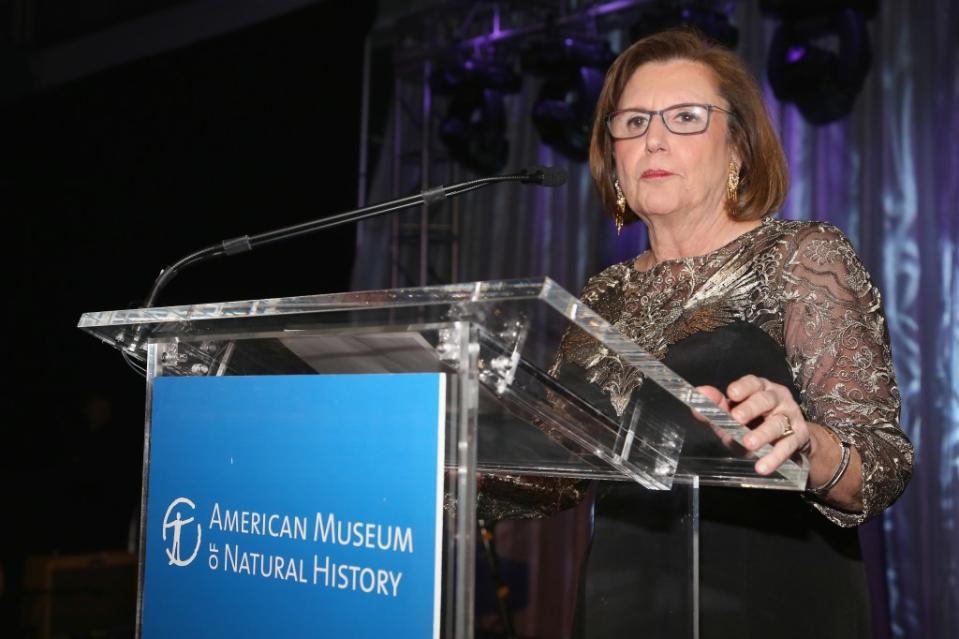
Interior Department documents said museums and other institutions had “fallen short” in repatriating Native American items.
A spokeswoman for the American Museum of Natural History told The Post, “There are no updates at this point.
“The objects remain in the closed halls as next steps are decided on a case-by-case basis.”
In 2021, the museum said it gave back more than 120 items, including ceremonial objects, to the Tohono O’odham Nation in southwestern Arizona.
UPDATE: Two days after publication the AMNH reached out to highlight that the last recorded repatriation had not been in 2021 and that there were 12 repatriations, including of human remains, between 2022 and 2024.

